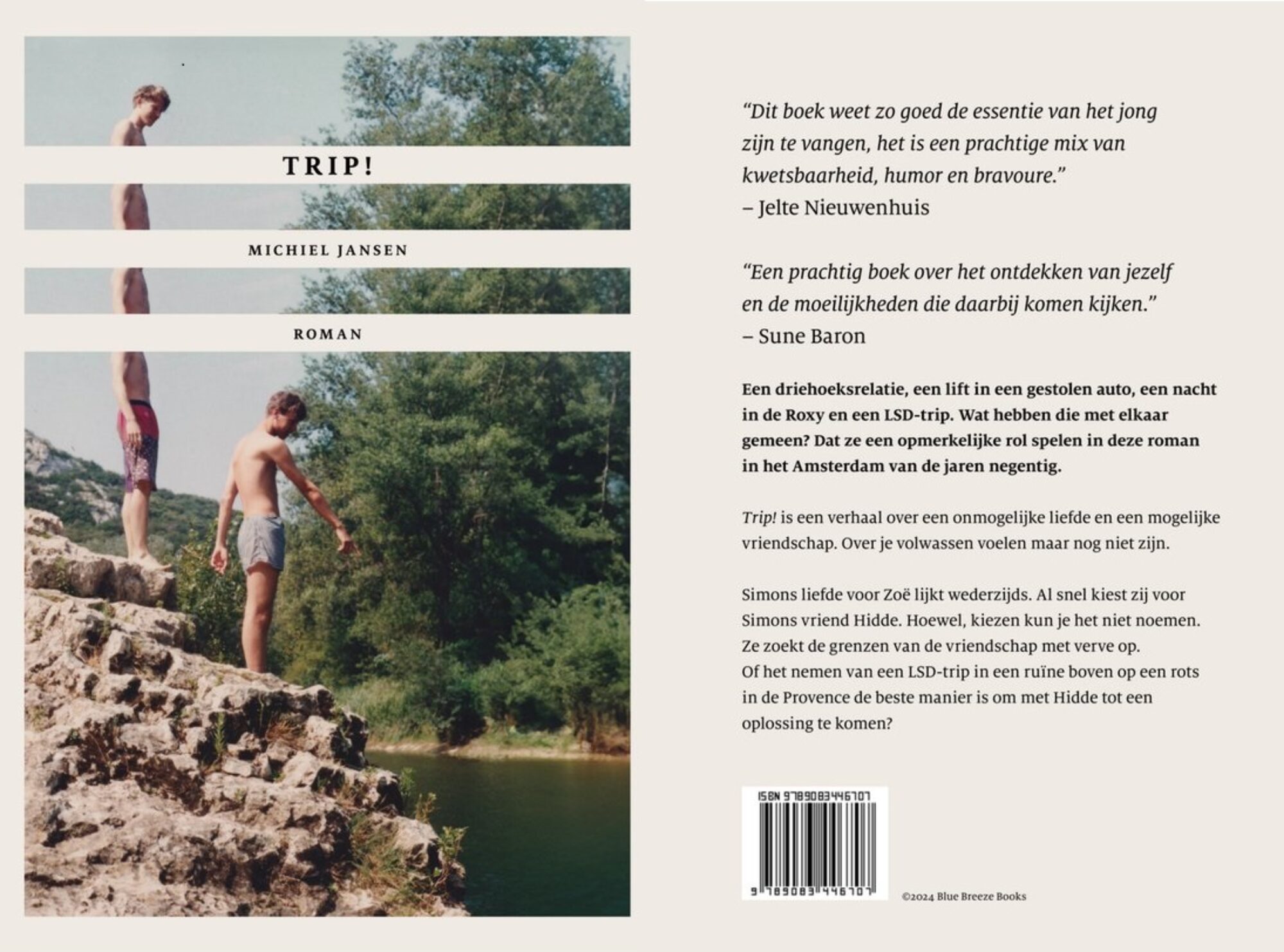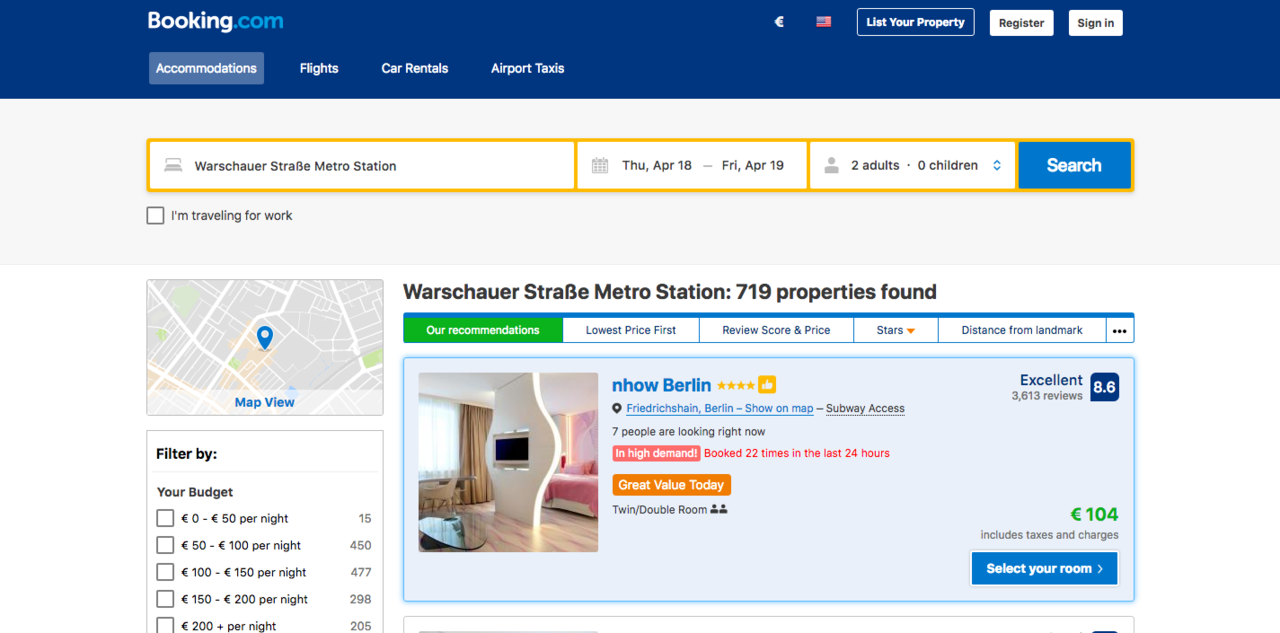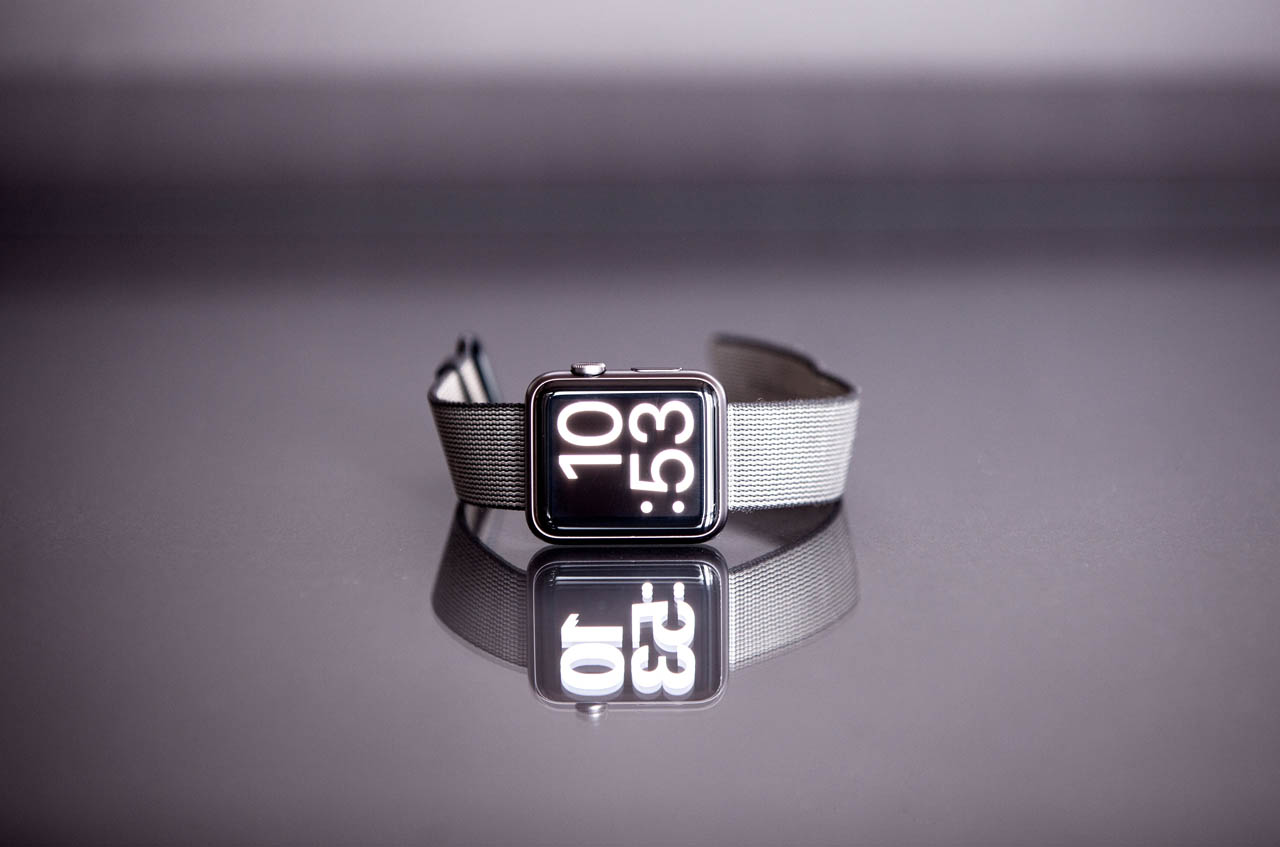What you can learn from: the 3-step Persuasion model
Stress while booking a holiday?!!!!!
After a few minutes on the Booking.com website you might have seen some of the following messages strategically placed in your line of sight:
· This hotel has been booked 41 times in the last 6 hours
· In high demand!
· Booked 236 times in the last 24 hours
· Latest Booking: 2 minutes ago.
· Enter your dates and book before it’s too late.
I get that consumers find that ‘a bit much’. Sometimes it seems that Booking.com doesn’t know what they are doing. Inducing stress while you are booking a relaxing holiday. Do people actually ‘fall for this’ stress? That can’t be right, right? Well…… on closer inspection it seems that they might be exactly knowing what they are doing. There is a ‘method to Bookings madness’. The stress Booking.com induces is carefully balanced by the value proposition they offer. Then and only then Persuasion becomes a great sales tool…. if the foundation (product, price & conditions) is in place.
Real benefits to the customer
Well, Orchestrated Persuasion
Persuasion could be defined as giving people a small ‘nudge’ into buying. A little gold dust magically sprinkled over the product. To make it appear nicer then it actually is. Not to hide the bad stuff. Like the archetypical Well-polished second hand car. Well maintained on the outside. But in dire need of a new clutch and brakes.
Booking.com Persuasive elements are actually REAL benefits to the customer. It is great to be able to book a room and then change your mind and change the date or the destination, And truth be told, after having Booked over 25 times on Booking.com. In 96% of these cases the reviews gave a very good indication of what to expect. (And this –in my opinion- is what has made Booking.com great. (That and starting up in a notoriously un-transparent industry.So Booking.com does not just use its Persuasion tricks ‘loosely’, they are orchestrated in a 3-step process flow. And carefully matched by their value proposition.
Booking.com’s 3-step Persuasion model
Step 1.
Relax; Free cancellation, best price, reviews
Step 2.
Induce Stress; Urgency: risk of missing out on a great deal
Step 3.
Reward; Peak-end-rule
+
Reciprocity; you have made a great choice thanks to our reviews, now do one yourself.
Below you find the Persuasion explained step by step;
Step 1. Orientation phase
Make Visitor feel relaxed, sure, competent (Self-efficacy) · Look at their collection of real benefits to the customer:
- Best price
- Free cancellation
- Pay later
- Your credit card won’t be charged
- Based on xxxx reviews by students, couples, families, etc Lowest price guarantee
Subconscious message: you are in good hands, you do not have to look any further! We have the best price, there is no financial gain to be made by researching your options any further. So stop doubting already and book now!
Subconscious message: you can always come back to this decision. It is not that important to look good now. Just click, it does not really matter what you do.
Subconscious message: Short of cash now, no problem! Maxed your credit card or not sure?; ‘Your Credit Card wont be charged. Pay when you stay’. Subconscious message? Anyone who has ever read research on how positive people are about how much money they will have in the (near) future immediately recognizes how unbelievably smart this is.
Subconscious message: many others went before. It is a safe bet! People are ‘social beings’ and are also influenced online by the knowledge that others have made the same decision. If 593 people say that the room in that hotel is worth 8.9, it will be really good, right?
Step 2. Decision phase – Urgency, Stress, scarcity
So far for the reassurance and the social proof: now the second element of their three-stage persuasion rocket: the stress! Booking.com sells in reminders such as ‘last chance’, ‘this hotel is likely to sell out soon’ and other seduction principles in the ‘urgency’ category. I have put together a set below. These were all on when this articles was being written (summer 2018);
· Has been booked 41 times in the last 6 hours
· Only 2 rooms left
· In high demand!
· Booked 236 times in the last 24 hours
· Latest Booking: 2 minutes ago,
· 5 people looking right now!
· Still interested in ‘Name Hotel’? Enter your dates and book before it’s too late.
Is this Real or Persuasion?
This is real Persuasion: This is where Booking.com takes it to the Tellsell level. The intention is: you have to get the feeling that you have to act NOW. This trick has been used ‘offline’ for centuries: sale, only today, the last sizes, happy hour, etcetera. It works online too. How often do you have ‘the last room’ at the Booking.com website.
By creating many types, the rooms of that specific room type are booked earlier and that…. creates extra urgency. It sounds different when you say: “Only two rooms available” than when you say “Only seventeen comparable rooms available. By the way: their persuasion works less because they now have to mention ‘on this site*’ or ‘On Booking.com*. So you are helped in the idea that the property you want has some rooms left on their own site or at an other agent. *I would fight this if I where Booking.com; nobody expect a jeans store to say ‘last pair of these Levi’s -in this store? So why expect Booking.com to do that?
Do people actually ‘fall for this’?
So…… the instrumental question. Do people actually ‘fall for this’ stress? The answer can only be a firm ‘yes’! Do they fall for the Persuasion or for the real value offered?
I see a huge difference in behaviour in myself if a room has free cancelation: The Urgency, stress you feel is not real. Because you can give in to the stress. And when a few days later you realise it was an impulse decision. You can cancel the room again.
For Booking.com it works because by offering ‘Free cancelation’ more rooms get booked then there would be booked without. And even after the free cancelations are deducted they are still outselling the business case without this feature.
Step 3.Confirm phase
Aftersales Confirm the choice, by give a compliment! And giving something for free. (reciprocity) When you have booked a room you will get a few reminders that it is really okay. If there is still feel a trace of doubt, “Outstanding value for money on the dates that you have chosen”: a compliment. They flatter and label your choice as a good choice. In the process they also position themselves as experts. So this compliment acts to reduce the feeling of stress and end on the Peak-end Rule.

So Booking.com really are masters of persuasion and have indeed revolutionised the Travel industry. I do think that they have done so especially because they have offered something more then ‘Tell Sell’ like Persuasion.Ultimately, it is all about offering something that has ‘real’ value’ which is what has made Booking.com a game-changer for the entire market!
The Verdict: conclusion Persuasion is a great sales tool…. if the foundation (product & condictions) are great to. As far as I’m concerned, this whole persuasion trickery box is part of the basic skills you need as online marketeer. In a restaurant you also try to hire a waiter who knows the tricks of the trade, who makes a compliment or gives a peppermint to the bill. But that does not work if the basics are not in order, if the food is not good or the rats are walking through the restaurant. So my two cents: persuasion is ‘the icing on the cake’.
Booking.com’s Persuasion has not inspired many followers
What does surprise me……is that they have not inspired many followers that are up to par…. Think how in a few years Lycos was upstaged by Google, Myspace by Facebook etc. Things can go so fast online but with Persuasion and especially on the Persuasion combined in just the right dose and just the right timing –on top of real value add- it has been very quiet. I still have to find a website that understands how to Persuade as good as Booking.com. They are one of the few companies that does not ‘add a little Persuasion left and right’ but has it structured across the Customer Journey. Designed to make you comfortable at first, stressed out in the middle and ending the journey on a Peak-End Rule inspired high note.
Read Cialdini; If you want to do Persuasion fast.
Read Khaneman: if you want to do Persuasion right.
Why is booking fast…. so important?
Why is Booking fast so important in the online travel industry? I am no travel expert but as fast as I can see for two reasons;
The occupancy rate is decisive in the travel industry. If the first 60 per cent of your rooms are ‘full’ in a certain week or month, your fixed costs are covered. This applies to airplanes, rental cars, hotel rooms, etcetera. Occupancy is everything and a site that can realize this for your hotel or apartment is worth a lot!
The second reason is less obvious: You could argue :“Somebody who does not book today does that anyway tomorrow? But the competitor is online one click away. Before you know it, the visitor spends his money at a competitor. That does not even have to be another travel provider. If you, as a consumer, buy an iPhone, tickets for a festival or a new bank, that trip might not take place for the time being.
Disclaimer
For this article I have looked at what is visible to everyone on the Booking.com site. It takes a lot of clicking to ‘hoard variants’. This article is therefore an ‘expert review’ and not a ‘customer case’. Normally I publish customer cases that I have been involved in. I am not big on sharing so called ‘Best Practises’. As they are always someone else’s experience in another industry. My former colleague & friend Bart Schutz has done some persuasion assignments for Booking.com. This blog is not based on these experiences. We never got back the results of his suggestions. Although I believe one of them is still live so……. Probably they were tested positive.








